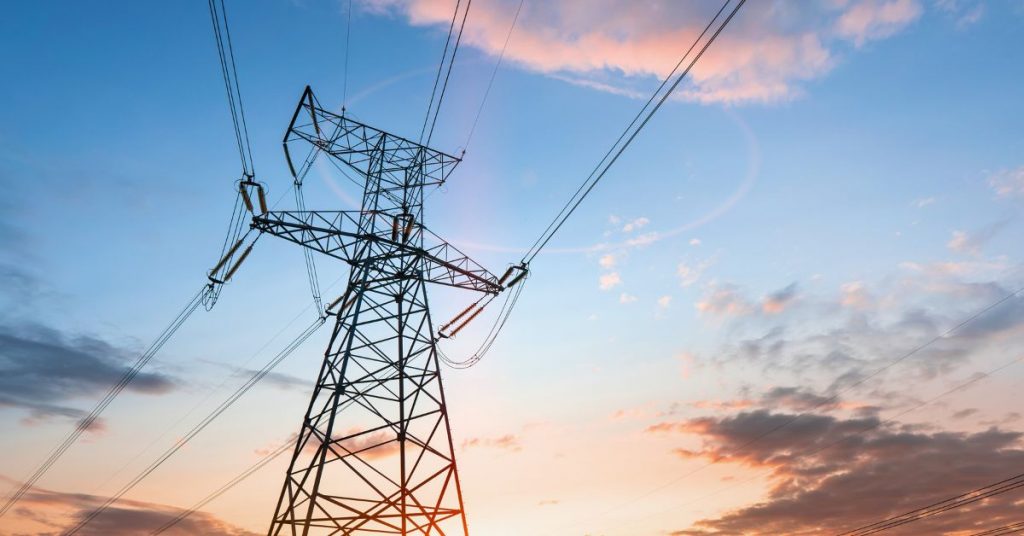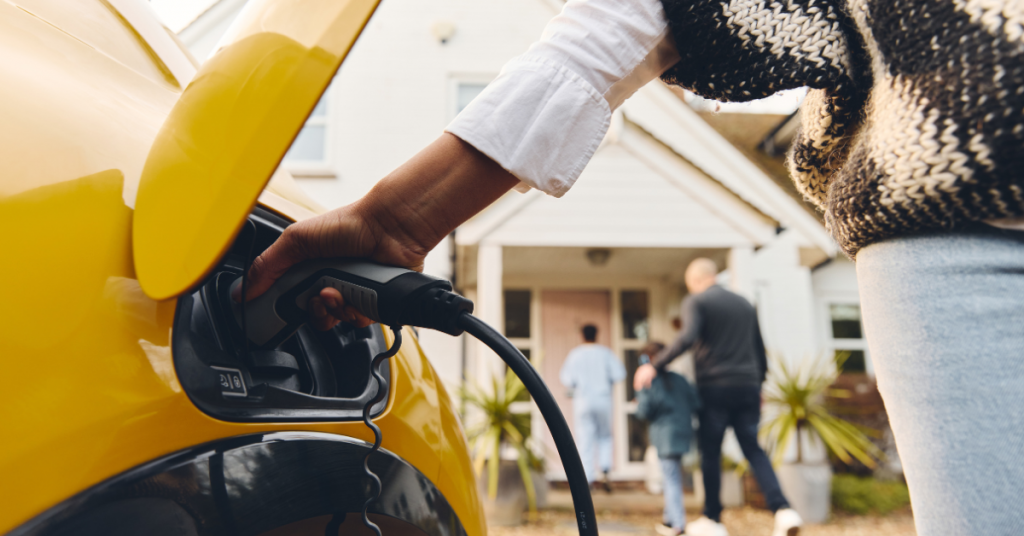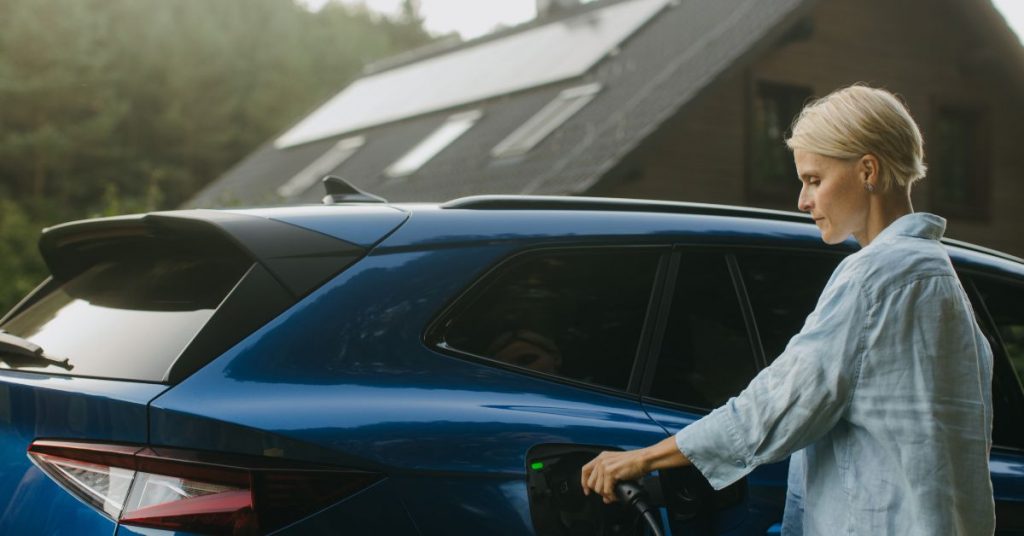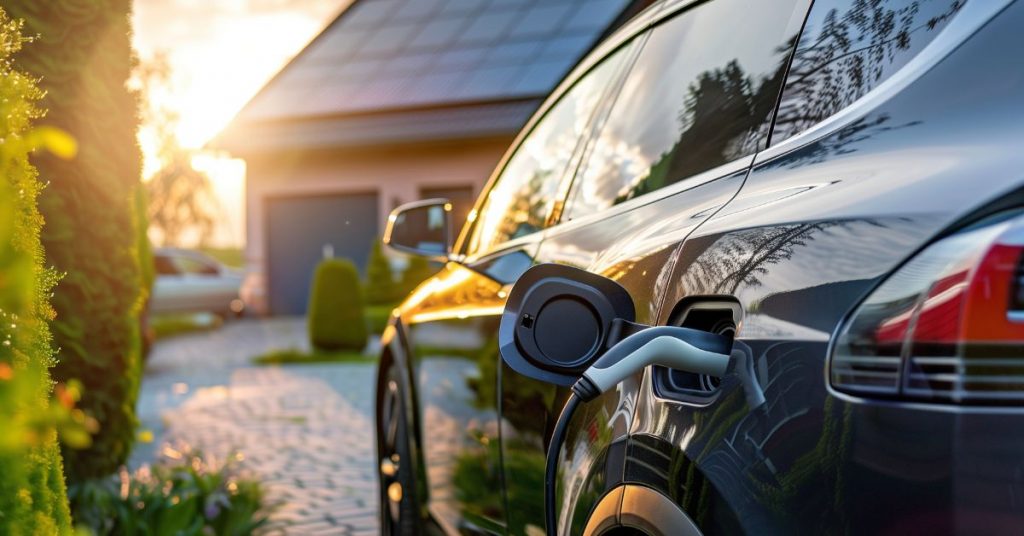
A quiet revolution is happening on suburban streets across Britain. Not only is the gentle hum of electric vehicles replacing the rumble of combustion engines, but a more profound shift is taking place behind the front door. The dream of a sustainable, self-sufficient home is rapidly becoming a reality, and it’s being driven by an intelligent convergence of technologies that redefines our relationship with energy. We are moving beyond simply driving electric to living electric, transforming our homes from passive consumers of energy into personal power stations. Here are the key factors empowering the revolution.
From home consumers to energy producers
For decades, the model was simple: the grid supplied power, and we used it and paid the bill. Today, that dynamic is being fundamentally reshaped. A convergence of solar panels glinting on rooftops, domestic batteries storing daylight for a rainy day, and ultra-efficient heat pumps warming our living rooms has created a new, complex energy equation within the home. This rise of households that both produce and consume their own electric power is at the heart of the UK’s quest for energy independence. The challenge, however, isn’t just in generating and storing energy, but in intelligently managing its flow. At the centre of this domestic energy ecosystem, a once-simple device has evolved into the brains of the entire operation: the EV charger.
Historically, charging an electric car was a one-way transaction, a simple replenishment of power akin to filling up at a petrol station. But as vehicle batteries have grown and our home energy systems have become more sophisticated, the role of the charger has been radically reimagined. It is no longer just a plug, but a vital energy management hub that orchestrates the complex balance between generation, storage, and consumption.
This new generation of hardware is exemplified by advanced solutions like the Humax MX7, a charger that moves far beyond simple vehicle replenishment to become a fully integrated component of a net-zero home. Its intelligence lies in its ability to communicate with the other elements of the home ecosystem, making decisions that maximise efficiency, minimise cost, and prioritise the use of clean energy.
EV charger as home energy hub
The most significant of these integrations is with solar PV. A truly smart charger can identify when a home’s solar panels are generating more power than the house is consuming. Instead of exporting this valuable, self-generated electricity back to the grid for a pittance, it diverts the free, clean energy directly into the car’s battery. This is a game-changer, delivering genuinely “free” miles powered by the sun and dramatically accelerating the payback period for both the solar installation and the electric vehicle. The charger effectively becomes a buffer, ensuring not a single watt of precious solar energy is wasted.
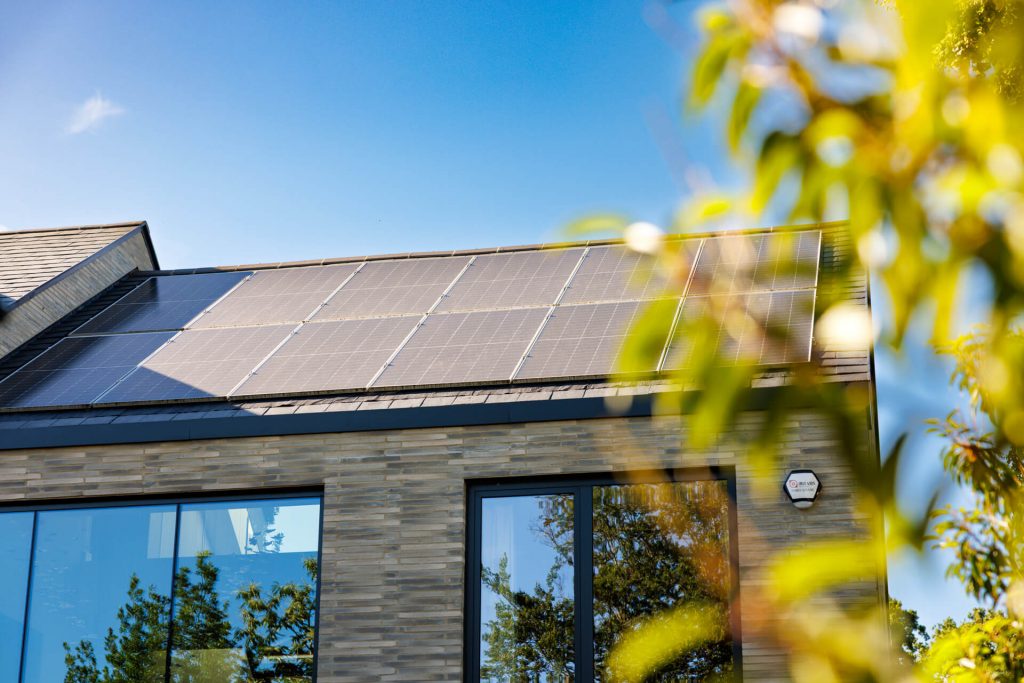
Furthermore, this intelligence extends to managing the home’s total electrical load. In a modern, electrified home, it’s easy to imagine a scenario where the oven is on, the washing machine is running, and the heat pump kicks in just as you plug in your EV. In a traditional setup, this sudden surge in demand could risk tripping the main fuse, causing a power outage for the entire house. An advanced charger, however, features dynamic load balancing. It constantly monitors the home’s overall energy consumption, typically using CT clamps on the appropriate cabling, and automatically adjusts the car’s charging speed in real-time. If household demand is high, it throttles back the charge; when an appliance switches off, it seamlessly ramps the power back up. This ensures the car gets the fastest possible charge without ever compromising the stability of the home’s electrical system.
This level of control is crucial for unlocking further savings through smart time-of-use tariffs offered by many energy suppliers. These tariffs incentivise consumers to use electricity when it is cheapest and greenest — typically overnight when demand is low and renewable generation from wind farms is high. A smart charger can be programmed to automatically initiate a charging session the moment these off-peak rates begin, ensuring the vehicle is fully charged by morning at the lowest possible cost, all without any manual intervention from the owner. It can even respond dynamically to prompts from the energy company when power is cheap outside this set time window, such as with Octopus’s Intelligent Go tariff.
When these capabilities are combined, the impact is transformative. The household is no longer a victim of volatile energy markets or geopolitical price shocks. By maximising the self-consumption of solar power and strategically drawing from the grid only when prices are lowest, a family can slash its energy bills and insulate itself from crippling price hikes. This creates not just economic value but genuine energy resilience.
EV charging puts the power back in a homeowner’s hands
The journey doesn’t end here. The logical next step, already being trialled across the UK, is Vehicle-to-Grid (V2G) and Vehicle-to-Home (V2H) technology. With V2G, the EV is no longer just a vessel for storing energy for its own use; it becomes a mobile battery that can support the national grid during periods of high demand, with the homeowner being paid for the service. More immediately impactful is V2H, where the car’s battery can be used to power the home directly, providing a crucial backup during a power cut or allowing the home to operate entirely off-grid during expensive peak evening hours, powered by cheap energy stored in the car overnight. Investing in an intelligent, fully featured charger today is the foundational step that makes a home V2G-ready, futureproofing it for the next wave of energy innovation.
The conversation around electric vehicles has matured. It is no longer solely about range anxiety or the number of public charging stations. The real revolution is quieter, more integrated, and happening right inside our homes. It’s about building a holistic ecosystem that empowers homeowners to take control of their energy destiny. In this new landscape, advanced hardware like the Humax MX7 is not merely an accessory for a car; it is a cornerstone of the sustainable, independent, and economically savvy home of the future, putting the power — quite literally — back into the hands of the homeowner.
